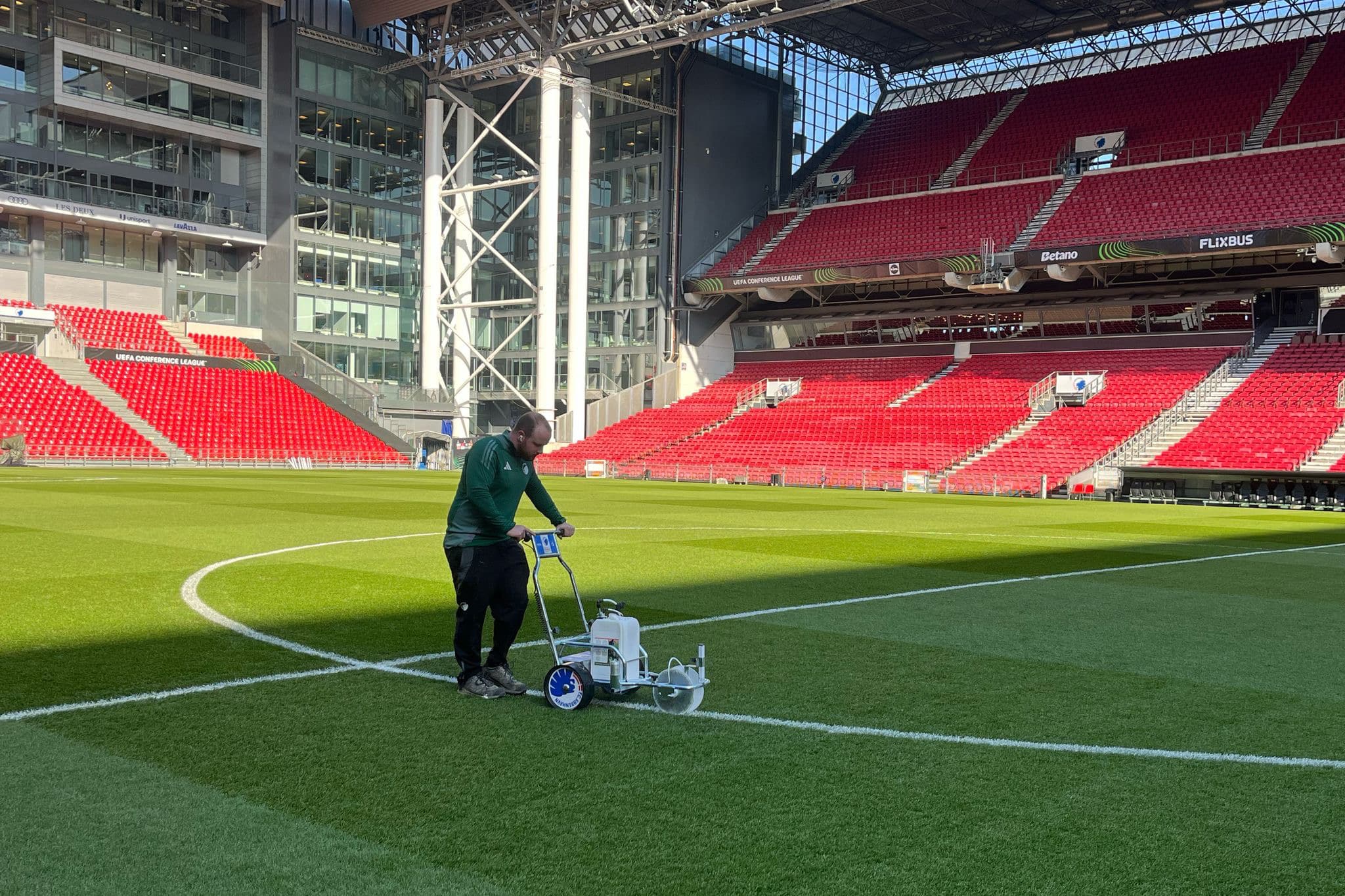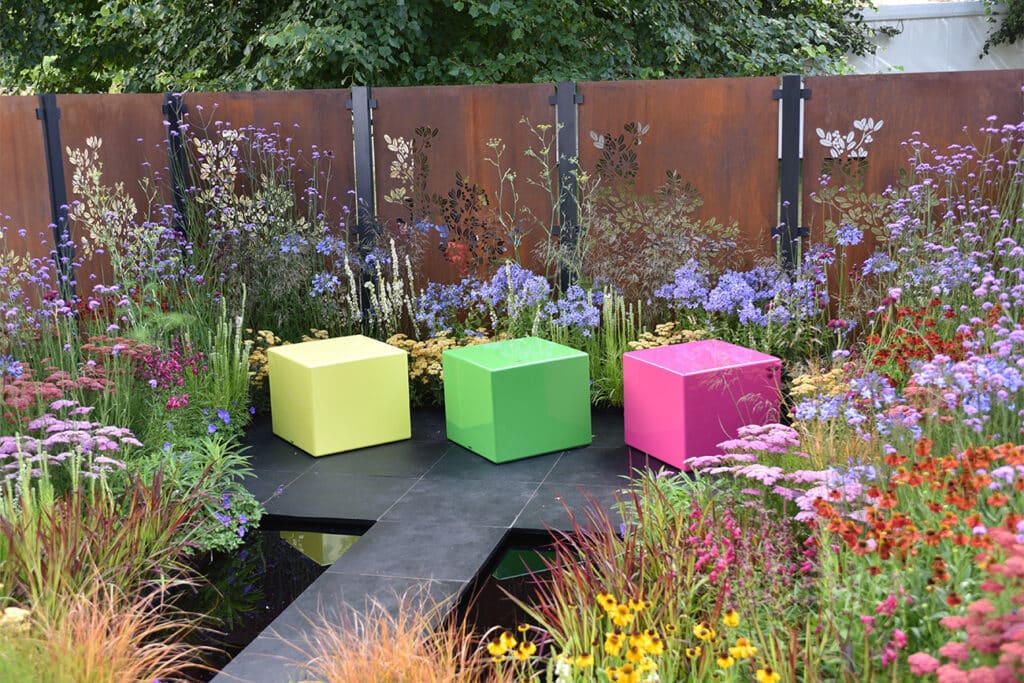
Strong with corten steel
Corten steel is just about ubiquitous in new gardens. Logically. It is an absolutely versatile material, which you as a landscaper or garden contractor use to give the garden virtually eternal life.
Corten steel is anything but new. Its history dates back to 1932. Back then, American Byramji D. Saklatwalla (1881-1944) patented the alloy of iron with copper, phosphorus, silicon, nickel and chromium. He chose the name Cor-Ten, where "COR" refers to corrosion resistant and "TEN" to tensile strength, two important properties. However, it would take considerable development by United States Steel Corporation and even more years of introduction before this particular steel was embraced by the gardening world. Now, however, there is no escape. Not even after the price hikes caused by more expensive energy and other states of war. Your customer is clearly not deterred by the new price.
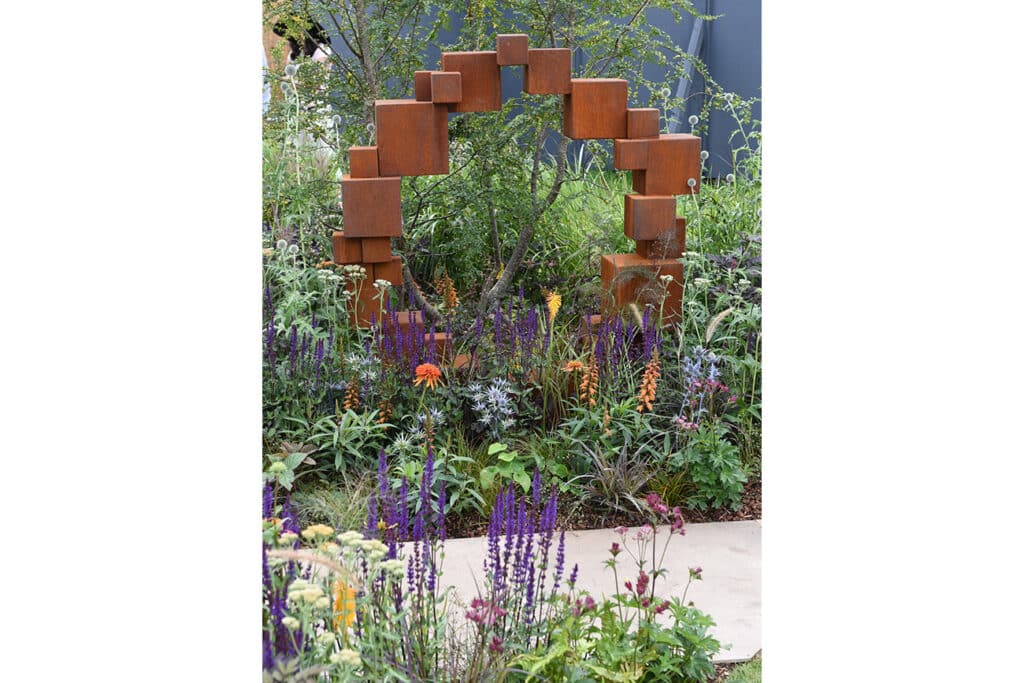
Rust does not rest!
In fact, corten steel is an absolutely stunning and, above all, rewarding and durable material. With its rust-brown color, it fits perfectly among both green and flowering plants, requires no maintenance, and goes on to live forever. That it arrives at the yard as bare steel is something most customers take for granted. Iron rusts, they know. Just like the fact that Corten steel does not rust any further after a while and the visible layer of rust fixes itself to - let's make it easy - a finishing or even protective layer of paint. That superficial rust indeed perfectly protects the underlying steel from further corrosion and thus loss of strength and thickness.
For you the craftsman, we want and need to nuance. Corten steel does continue to rust under that protective layer and thus loses some thickness. A grade corten steel, primarily intended for architectural applications, loses 35 to 75 microns every ten years. B grade, which is primarily used for heavy-duty structures, 75 to 100 microns. Don't worry, however. The sheet thickness you use is 2, sometimes even 3 mm. Multiply by 1,000 to express the thickness in microns. With that, you know that corten steel will outlast your current customers, his children, grandchildren and even great-grandchildren. There is one condition! The steel must not remain in constant contact with water or exposed to abrasive action from sea wind, road salt or emissions from heavy industry. This is because then the oxidation process does not stop.
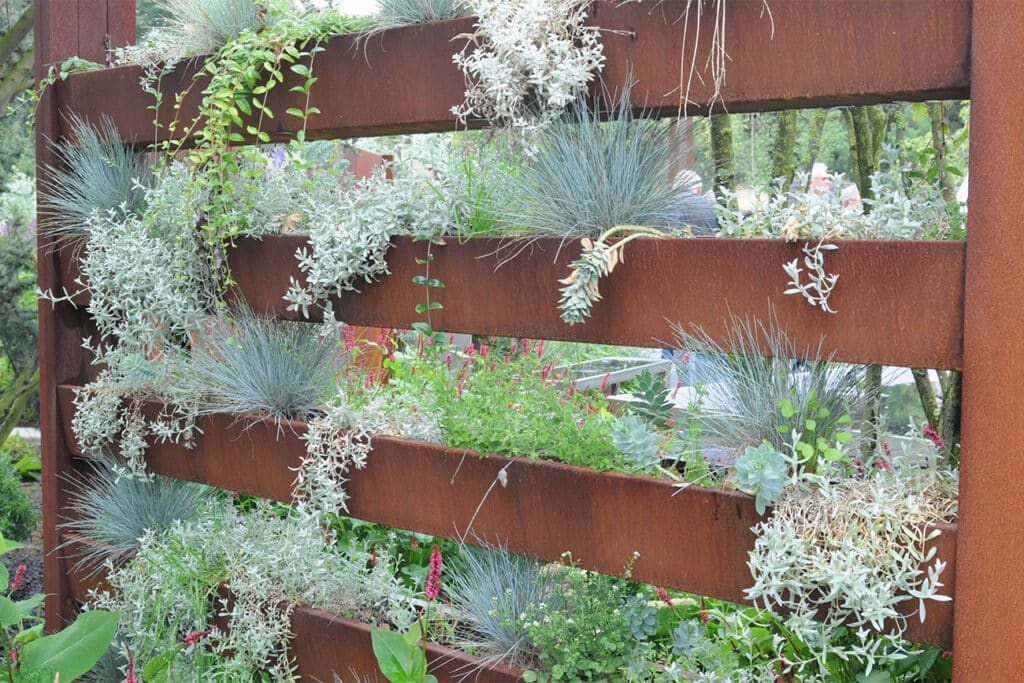
Give corten steel time!
Be sure to warn your customer that for the first few weeks after processing and/or installation, the rust layer has yet to develop under the influence of weather and wind, but also that that incipient rust loosens easily. It gives off color to caressing, groping and testing fingers or, worse, to clothing. The rust layer only really sets after one to two years! You yourself obviously take this into account when installing and processing. Installed over terraces and other paving, but also integrated in walls or structures, dripping rust water causes stains that adhere to and on stone. So for vertical elements, be sure to work with a temporary gutter under the structure until this "adolescence" is over. On lawn and plant areas, there is no problem. Plants know how to get away with this additional iron.
To avoid problems start with already corroded Corten steel? Yes. It is on the market. Or the producer already had the structure pre-rusted at his facility. With or without the use of rust accelerators. What is in them and whether they are identical or better than the rust accelerators you can buy over the Internet, no one will tell us. Professional secret, it sounds. In any case, these professionals laugh at the home, garden and kitchen tips circulating on the Internet: mist the steel with water in which salt or natural vinegar has been dissolved.
If you are processing Corten steel yourself, never combine steel from different lots. This is because each lot can go for a different rust discoloration. Also, never stick stickers or tape on the later visible surface. That leaves marks. Ditto for markings with alcohol marker and splashes or smudges of grease and oil. Welds are also delicate. Use of ordinary welding wire results in different discoloration and lesser durability. So use a semi-automatic and corten steel welding wire. Fortunately, there are an increasing number of companies that come out with quite a few ready-made models or execute your design perfectly. It's up to you to then install that product perfectly, whether it's capping, stair elements or even retaining walls and cladding.
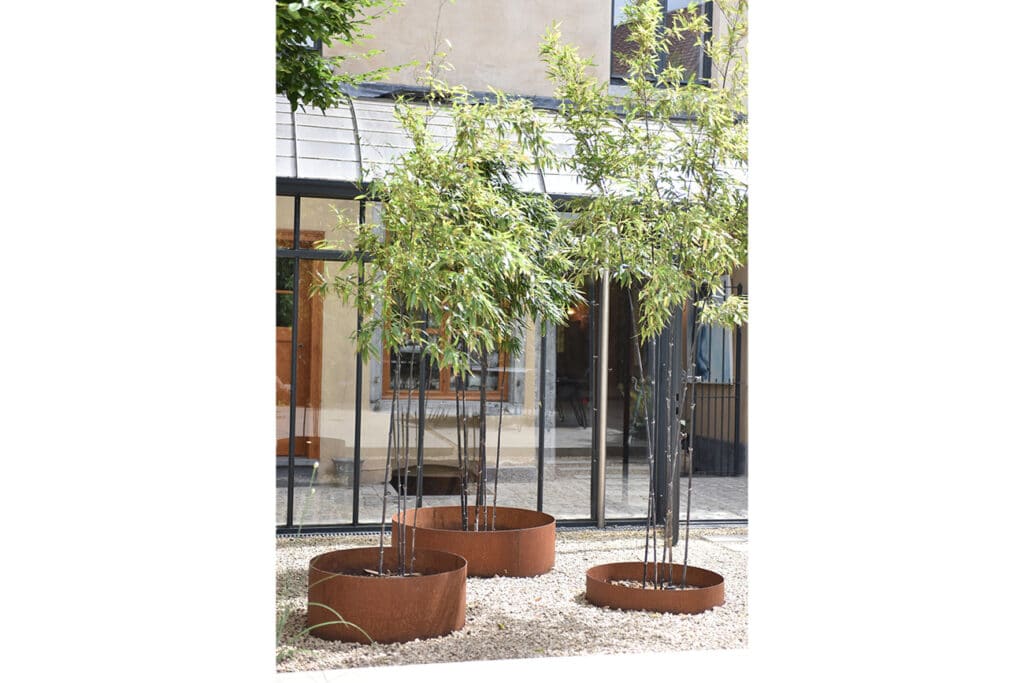
The right choice
Not often seen with us yet, but on the rise are garden fences in Corten steel. Straight or curved? It doesn't matter. Once firmly anchored to support posts left and right, these panels are strong against any kind of view and block wind and even noise. They reflect it back to the street or neighbors. If your client prefers not to have a real closed wall: corten steel can be perfectly lasered and thus provided with beautiful drawings and messages of your choice. Slats put together in wings can then, according to your design, hide or draw attention to certain parts of the garden. They can even be mounted as separation to the neighbor, making diagonal vision difficult or impossible while maintaining visual and spatial openness. What can be done vertically can also be done horizontally. Integrated into a wall, even linked to a pool house, garden shed or the house itself, strips in this material provide absolute added value!
Well established and widely used, however, are water bowls and water tables. They can be delivered ready-made to your yard. Ditto for decorative wood storage, brilliant and versatile barbecues, garden fireplaces, fire bowls and dishes, and you name it. You can find them at a multitude of manufacturers, wholesalers, garden specialty stores and even web shops. At each of them price breakers. Unfortunately, however, they do not take the choice of materials as closely as you would expect, use B-samples, thinner than desirable and sometimes neglect quality finishing. Cheap sometimes becomes expensive as a result. An example? The big difference in garden fireplaces, where cheap models are no more than a tube with a bottom and better garden fireplaces get a bottom plate in stainless steel so that ash left behind, even wet, is allowed to lie without eating into the corten steel. You yourself can certainly complement and make clear to your customer why, for his or her sake, you choose quality and durability.


